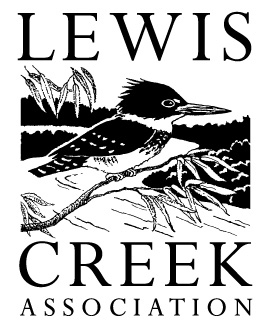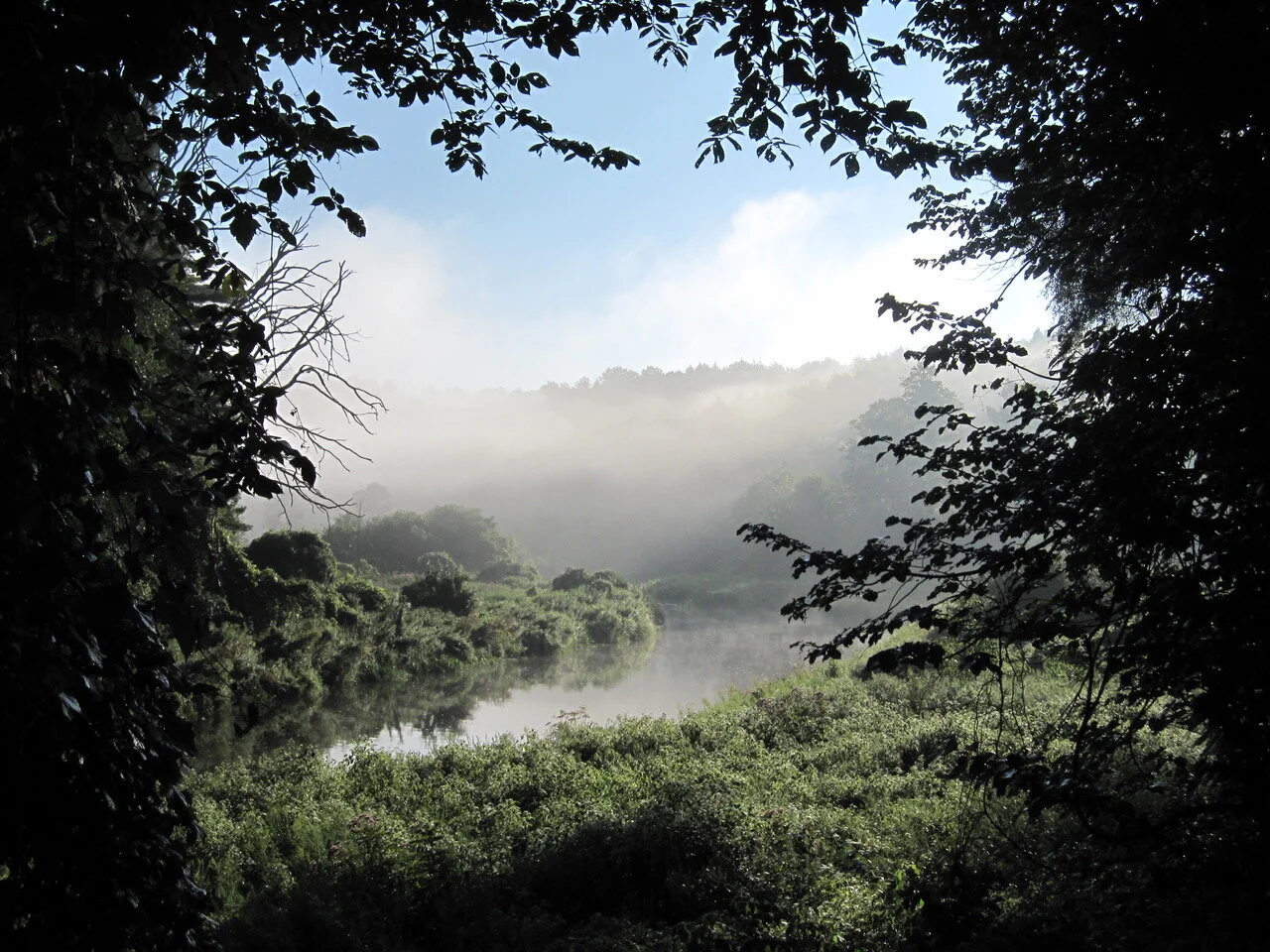Carbon Reserve Project
Harvard Forest study report - wildlands and woodlands
Did you know that the forest cover on earth is down to an alarming 30% with ever increasing air temperatures, carbon pollution and climate change? Even here in Vermont, a recent study showed we are losing 1,500 acres of forest each year (primarily for residential and commercial development). The international calls for reducing air carbon pollution by accelerating forest land cover protection is well summarized in this recent Harvard Forest Study report (Wildlands and Woodlands).
LCA Carbon reserve project
LCA and a partnership team including Vermont Family Forests (VFF) and others are launching a Center-West Ecoregion Carbon Reserve Project (CWE-CRP) with the goal of significantly increasing atmospheric carbon sequestration and storage under agricultural and forestland uses in cooperation with interested landowners. This new action plan approach is in response to the New England 2017 Harvard Forest Report, “Wildlands and Woodlands” that documents loss of biodiversity and alarming climate change trends that correlate to the increasing loss of our forests’ carbon storage and sequestration capacities.
As a part of LCA’s regional Ahead of the Storm program, we will promote this “letting nature work” conservation stewardship approach to more affordably and rapidly increase the health and resilience of VT’s working and natural lands and their capacity to store carbon and to sequester it from our atmosphere.
Feedback
We welcome your feedback on our project concept linked above. Please email us here with your thoughts and feedback!
Presentation by David Brynn (Vermont Family Forests)
We hosted a presentation by David Brynn (Founder, Executive Director, and Conservation Forester at Vermont Family Forests Foundation) at our February 2021 board meeting. David focused on applied practices that conserve forest ecosystem health including carbon storage, water quality, wildlife richness and flood resilience.
Presentation by Ethan Tapper
At our April 2021 board meeting, we hosted Ethan Tapper, the Chittenden County Forester. Ethan presented on how to manage for carbon in our forests while also creating a healthy, vibrant, functional landscape. Ethan discussed how lands in Vermont’s Use Value Program can be managed for carbon sequestration and storage, in addition to climate resilience and adaptivity, while complying with UVA Standards.
Additional Materials
Forestry
Enhancing Flood Resiliency of Vermont State Lands
This study, prepared by South Mountain Research & Consulting and Vermont Family Forests, provides optimal conservation practices to enhance flood resiliency and water quality in forested headwaters. 2015.
Certified-Organic Regenerative Family Forest Conservation Checklist 2020
This checklist, developed by Vermont Family Forests, provides a checklist of forestry practices for those interested in practicing ecological forestry.
Ten Golden Rules for Reforestation
Ten golden rules for reforestation to optimize carbon sequestration, biodiversity recovery and livelihood benefits. Article by Di Sacco et al. 2020.
New england forestry foundation
Woodlands studies, conservation, and resources
Northeast Wilderness Trust
Wildlands conservation and research
Harvard Forest Study group
Research, policy, education, and conservation (including the Wildlands and Woodlands report linked above). The Harvard Forest is a department of the Faculty of Arts and Sciences (FAS) of Harvard University. Since 1988, the Harvard Forest has been a Long-Term Ecological Research Site, funded by the National Science Foundation to conduct integrated, long-term studies of forest dynamics.
Webinar “Saying Yes to Wildlands and Woodlands”
Northeast Wilderness Trust Executive Director Jon Leibowitz, New England Forestry Foundation Executive Director Bob Perschel, and Kestrel Land Trust Executive Director Kristin DeBoer united their years of conservation experience to demonstrate that protecting both wildlands AND woodlands is an effective approach to addressing climate change, biodiversity loss, and economic security. The three join in conversation to contemplate the question: How can New England best protect its forests as the region sits at the precipice of climate change, biodiversity loss, development, and forest fragmentation?
David Brynn’s testimony to the Vermont House Committee on Natural Resources, Fish, and Wildlife
Check out a presentation David Brynn recently gave to the Vermont House Committee on Natural Resources, Fish, and Widlife.
Upcoming Northeast Wilderness Trust Spring Speaker Series:
All dates are Wednesdays at 5:30 PM
March 17: Wild Carbon with Mark Anderson
March 24: Meet an Old-Growth Forest with Susan Morse
March 31: Rewilding: Past, Present & Future with Tom Butler
April 7: Coyotes of the Northeast with Christine Schadler
April 14: Nature Trivia Night (link TBA at newildernesstrust.org/events)
April 21: Wild Child Stories (link TBA at newildernesstrust.org/events)
April 28: Radical Ecology: A Conversation with Eileen Crist
May 5: Natural Climate Solutions with Bill McKibben
May 19: Wilderness Ethics Book Discussion with Laura Waterman
May 26: Writing the Land Poetry Reading
Agriculture
The role of ruminants in reducing agriculture’s carbon footprint in North America
Note that this article shows that soil erosion is the greatest emitter of green house gas in the agricultural sector (not cows).
national strategic carbon reserve draft Concept
“The United States must move from a foot-dragger to a leading advocate for smart climate change solutions while simultaneously improving the health of our natural world and food systems for future generations. We propose a National Strategic Carbon Reserve (NSCR) so that the United States of America becomes a climate management role model for the World.” Marc Lapin notes that carbon credits are currently $10/ton, not $30/ton as used in this concept article.





